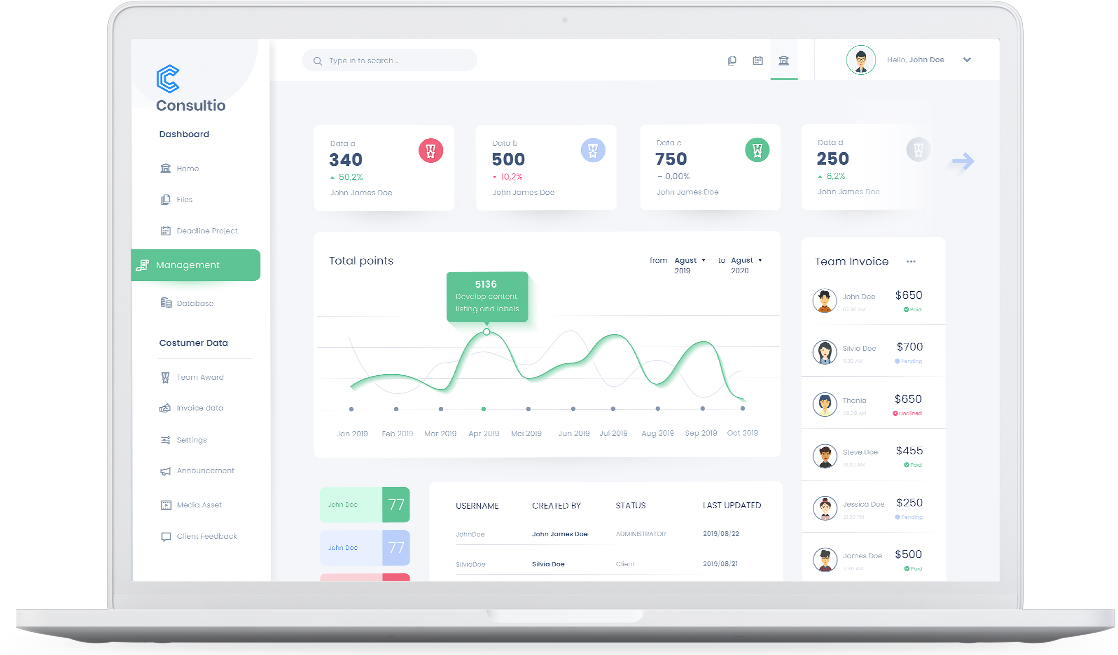Use cases
Understanding Experience Indicators Beyond the Basics.
For informed businesses, NPS, CSAT, and eNPS are already familiar tools for assessing customer and employee satisfaction. However, the real power of these indicators lies not just in tracking sentiment but in how they integrate across organizational strategy, drive data-informed improvements, and predict future behavior. Moving beyond passive tracking, these metrics offer an actionable roadmap for long-term success.
Net Promoter Score (NPS) as a Predictive Metric
Beyond Loyalty Tracking
Uncovering Deeper Insights


CSAT: Measuring Satisfaction in Context

Targeting Key Touchpoints
CSAT and Its Impact on Product Development
eNPS: Shaping Organizational Culture and Retention
Employee Engagement Beyond Surveys
Connecting eNPS to Organizational Performance


Maximizing Growth Through Experience Indicators
Experience indicators like NPS, CSAT, and eNPS aren’t just about tracking satisfaction—they are tools for driving growth, optimizing operations, and predicting future trends. By integrating these metrics into decision-making, businesses can create a proactive strategy for continuous improvement.
Use NPS, CSAT, and eNPS together to create a complete view of customer and employee sentiment. By cross-referencing these metrics, you can identify how experiences on one side (e.g., employees) impact the other (e.g., customers), and take targeted action.
Leverage these indicators as leading metrics for future performance. By monitoring trends in satisfaction and engagement, businesses can identify potential risks—such as rising churn rates—and make adjustments before issues escalate.
Tie experience indicators to key business metrics, such as customer retention and revenue. Analyzing the impact of changes to NPS or CSAT on these outcomes ensures that improvements are both data-driven and directly linked to your organization’s growth.








